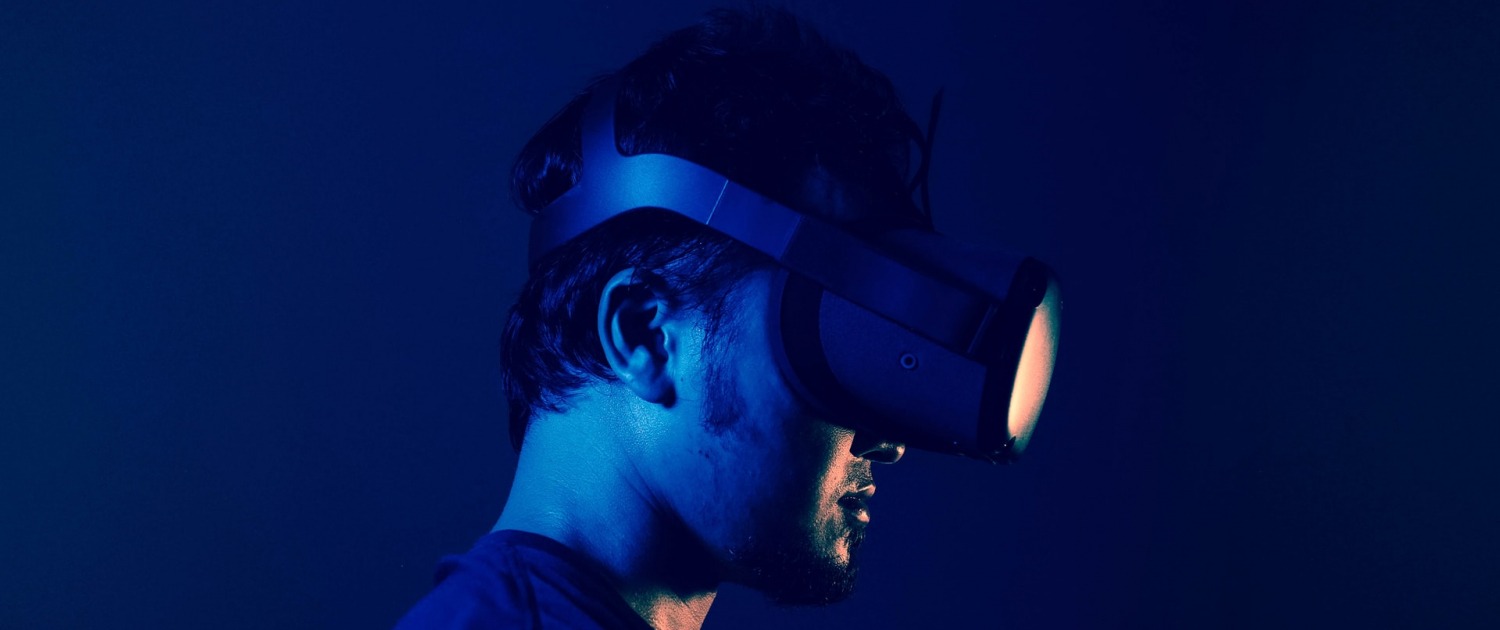Virtual Reality is extremely versatile. It has been shown to be useful in many different industries. But what about mental health? Can virtual reality help with anxiety and other mental health issues?
The short answer is: yes, Virtual Reality can help with anxiety.
There are many different ways to use VR to help with anxiety. One popular method is called “immersive exposure therapy.” This is where people are exposed to the things that make them anxious in a safe, controlled environment. This can help them to confront their fears and learn how to cope with them.
VR can also be used for relaxation purposes. There are many VR apps that allow you to experience calming environments. This can help to lower your overall anxiety levels and make it easier to cope with everyday stressors.
What is Virtual Reality?
Virtual reality (VR) is created using computer technology. When you use VR goggles or a headset, you are actually seeing computer-generated images. These images are generated by a process called rendering.
Rendering creates the images by calculating the position of objects in a 3D space and then drawing them on a 2D screen. This process is repeated many times per second to create the illusion of movement.
A person using virtual reality equipment is typically able to “look around” the artificial world, move about in it, and interact with virtual features or items. The effect is commonly created by VR headsets consisting of a head-mounted display with one or two small high-resolution OLED or LCD monitors providing separate images for each eye, stereoscopic headphones delivering sound to each ear, and head motion tracking sensors. Some VR systems also include tactile information, generally known as haptic feedback.
Haptic feedback is the sense of touch that can be simulated in virtual reality. This can be used to create the sensation of being able to touch, feel, and manipulate virtual objects. Most VR systems use some form of haptic feedback, which can be as simple as rumble motors in-game controllers or as complex as full-body suits that provide a variety of sensations.
What is Anxiety and What Are the Symptoms?

Anxiety is a normal emotion that we all experience at different times in our lives. It’s the body’s way of preparing us to deal with stress or danger. However, some people experience anxiety more severely than others, and it can become a problem if it starts to interfere with daily life.
There are many different types of anxiety disorders, but they all share some common symptoms, such as feeling restless or tense, having a sense of dread or being on edge, and experiencing physical symptoms like a racing heart or sweating. For some people, anxiety can become so severe that it interferes with their daily life. Symptoms of anxiety can include:
– Avoidance of certain situations or activities
– Restlessness
– Trouble sleeping
– Difficulty concentrating
– Irritability
– Sweating
– Shortness of breath
– Rapid heartbeat
– dizziness
If you are experiencing any of these symptoms on a regular basis, you may be suffering from an anxiety disorder. Anxiety disorders are the most common mental health condition in the United States, affecting 40 million adults. Fortunately, there are treatments available that can help.
How Does Virtual Reality Help With Anxiety?
Virtual reality has been shown to be an effective treatment for anxiety disorders. In a study published in the journal Cyberpsychology, Behavior, and Social Networking, participants who underwent VR therapy showed a decrease in symptoms of anxiety and avoidance behavior.
VR provides a safe environment in which to confront fears and triggers for anxiety. This exposure can help people to learn new coping mechanisms and eventually overcome their anxiety. VR therapy is a promising treatment for anxiety disorders and may be an effective option for those who have not responded to other forms of treatment.
What is Virtual Reality Therapy?
Virtual reality therapy (VRT) is a type of psychotherapy that uses virtual reality technology to provide patients with an immersive, simulated environment in which to confront their fears and anxieties.
By repeatedly confronting and working through their fears in a safe and controlled VR environment, patients can learn to manage their anxiety and live a more normal life. VRT has been shown to be an effective treatment for a variety of anxiety disorders, including post-traumatic stress disorder (PTSD), phobias, and social anxiety disorder.
VRT is usually conducted with the help of a therapist who can guide the patient through the process and offer support and guidance. The therapist will also create a customized treatment plan based on the specific needs of the patient.
VRT is a relatively new treatment option, but it shows promise as an effective way to help people with anxiety disorders manage their symptoms and live a more normal life.
What Are the Benefits of VR Therapy for Anxiety?
There are many potential benefits of VR therapy for anxiety. VR provides a safe and controlled environment in which to confront fears and triggers. This exposure can help people to learn new coping mechanisms and eventually overcome their anxiety. VR therapy is also convenient and accessible, as it can be done in the comfort of your own home.
Are There Any Risks Associated With VR Therapy for Anxiety?
There are no known risks associated with VR therapy for anxiety. However, as with any treatment, it is important to speak with your doctor before starting VR therapy to make sure it is right for you.
Conclusion
Although the full potential of VR therapy may not yet be uncovered, it is a promising treatment option for anxiety disorders. VR provides a safe and controlled environment in which to confront fears and learn new coping mechanisms. If you are suffering from symptoms of anxiety, VR therapy may be an option for you. Speak with your doctor to learn more about VR therapy and whether it is right for you.

